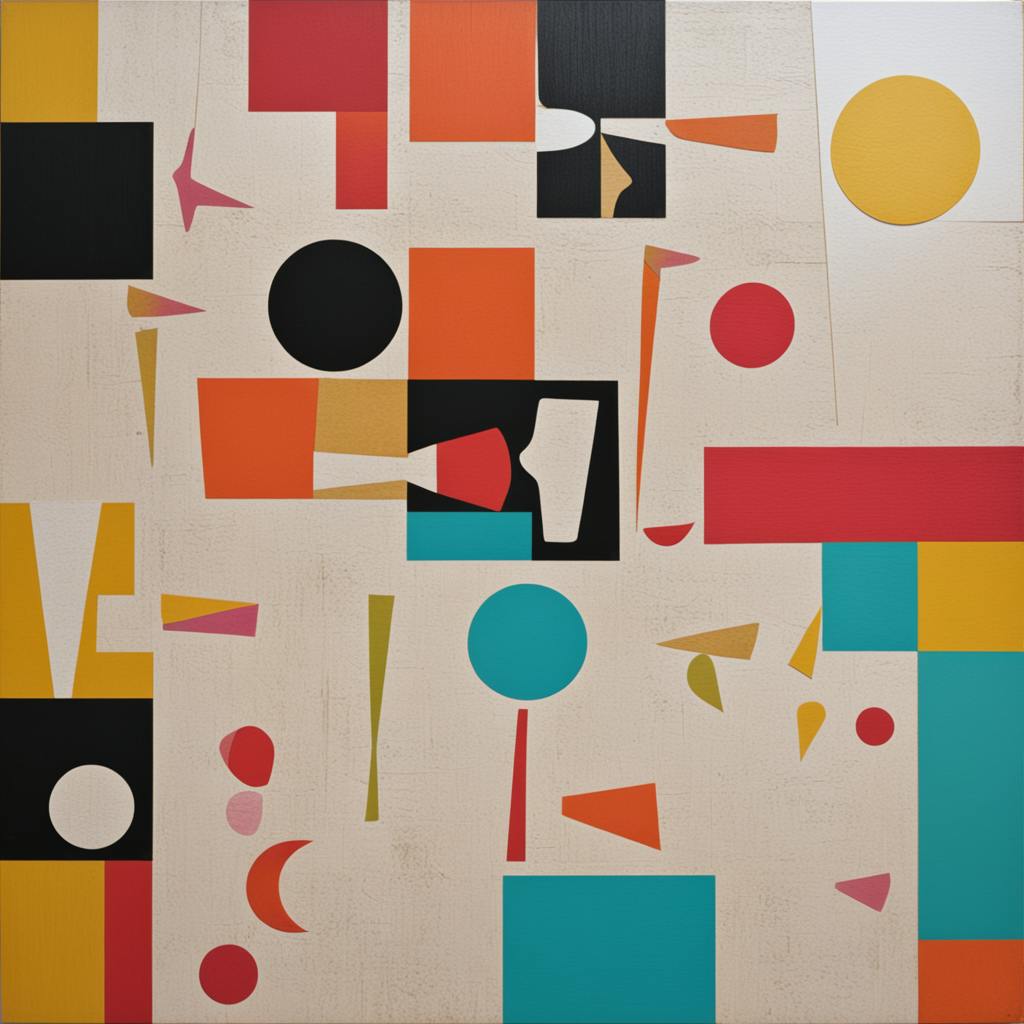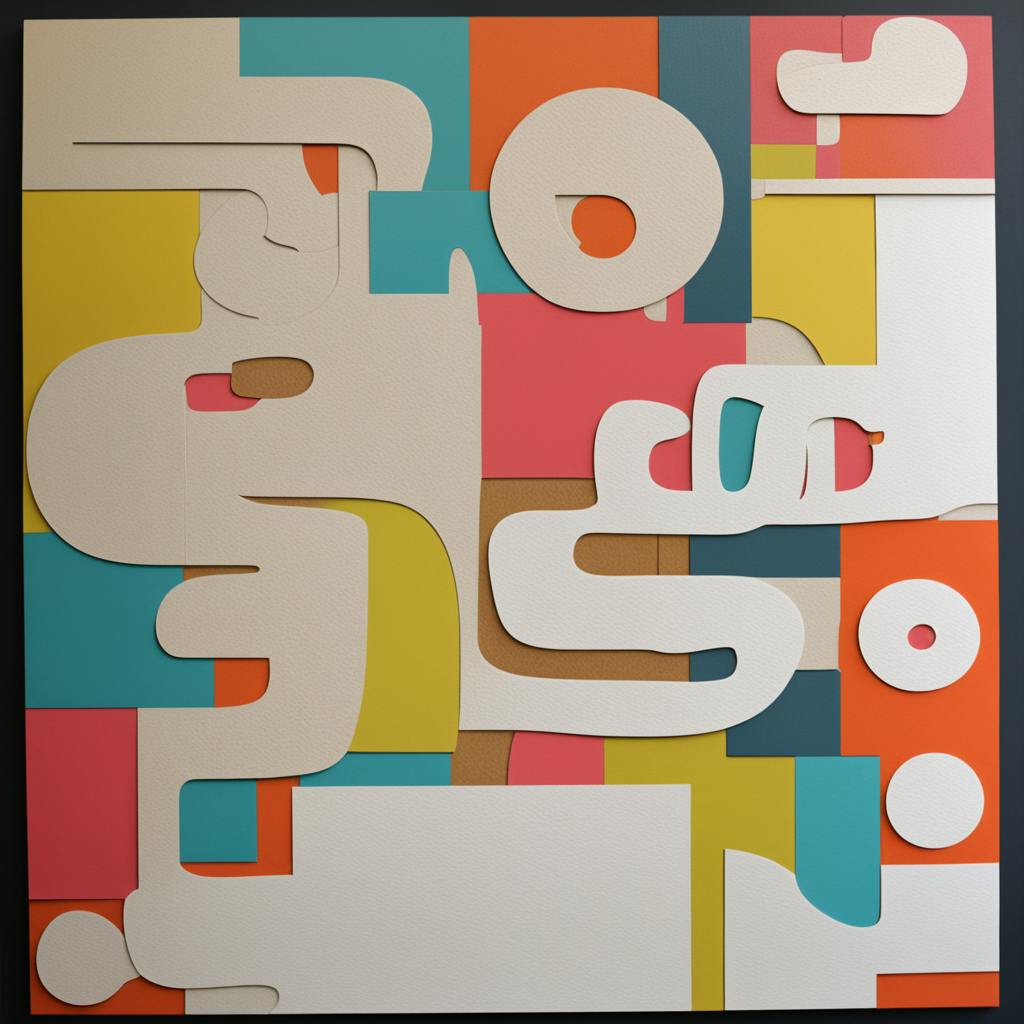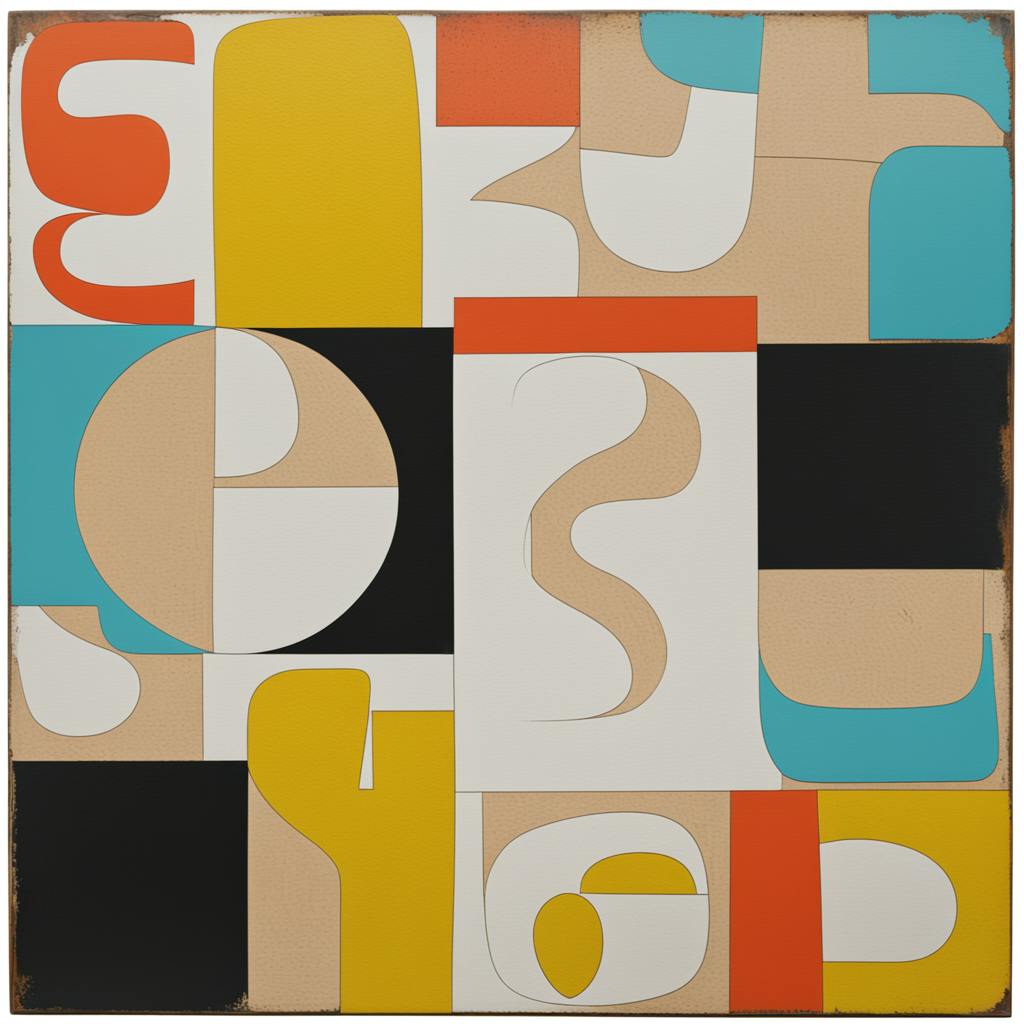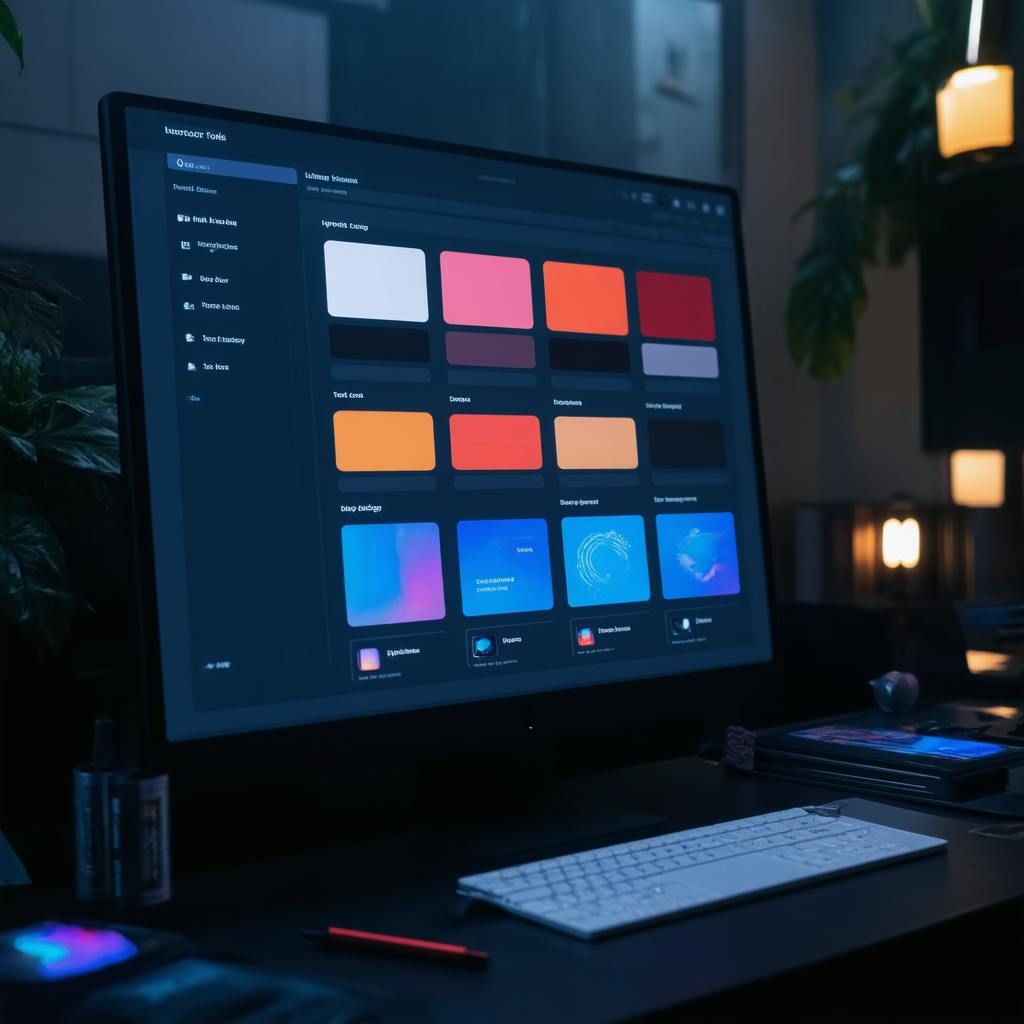In today's vibrant art scene, "text art" has emerged as a provocative and versatile form, fusing the precision of typography with the expressive freedom of contemporary art. This hybrid art form challenges traditional boundaries by transforming the written word into a dynamic visual experience. As an intersection where linguistics meet aesthetics, text art skews conventional notions of what art can be, compellingly asserting itself as both a conceptual and visual medium.
Understanding Text Art: A Symbiosis of Word and Image
Text art uses written words as the main visual element. Unlike standard typography, which focuses on easy reading, text art treats words as images. The aim is not just to inform but to make you think and feel. When the text becomes the artwork, you notice more, you look at what the words mean, how they look, and what they suggest.
Analyzing the Techniques and Materials
Text art takes many forms and materials. Jenny Holzer uses LED displays in public spaces to share bold messages that provoke thought. Barbara Kruger overlays sharp phrases on striking images, creating confrontational works that demand attention. Street artists like Banksy mix stencils with text to highlight social and political issues. Each method shows how words can move beyond simple communication to carry deeper artistic meaning.
Text Art in Contemporary Perspectives
Digital media has widened the reach of text art. Online platforms give artists new ways to share and experiment, while social media spreads their work instantly to global audiences. This accessibility makes text art more interactive and inclusive.
Artists such as Xu Bing blend traditional Chinese characters with Western letters, addressing themes of identity and globalization. Others use digital text art to reflect on culture, politics, and personal stories. These modern approaches prove that text art continues to evolve while offering sharp critiques of today’s world.

AI made with Stephanie Jagiello
The Role of Text Art in Contemporary Culture
Text art stands apart from more traditional forms like portraits or landscapes because it communicates on multiple levels. It combines language and visual design, allowing words to carry meaning while also functioning as imagery. This layered approach makes it a powerful tool for sparking thought and emotional response.
In today’s art world, text art holds strong relevance. It continues to appear in major galleries, museums, and private collections because of its ability to challenge viewers while remaining visually striking. Its presence in contemporary curation shows that the written word, when transformed into art, still resonates deeply across cultures and contexts.
Case Study: Jenny Holzer’s Truisms
One of the most influential text art projects is Jenny Holzer’s Truisms, created in the late 1970s. Holzer produced hundreds of short, provocative statements—such as “Protect me from what I want”—and displayed them on posters, LED signs, and billboards in public spaces.
This project challenged the way people interacted with language in everyday life. Instead of encountering advertising or news, audiences were confronted with sharp, poetic fragments that made them pause and think.
Impact of the Work:
- Cultural Reach: Holzer’s phrases became part of public consciousness, often quoted beyond the art world.
- Medium Innovation: By using billboards and digital displays, she blurred the line between advertising and fine art.
- Contemporary Influence: Today, her approach inspires street artists, designers, and digital creators who integrate bold text into visual culture.
Holzer’s Truisms demonstrate how text art can leave the gallery, enter daily life, and challenge viewers directly in their own environments.
FAQ: Understanding Text Art
What is text art?
Text art (also called word art or typographic art) uses written language as its main medium. Unlike typography, which focuses on readability, text art treats words as images. The way letters are arranged—through size, color, or placement—becomes part of the message. This lets text art be read for meaning and viewed as visual expression at the same time.
How has text art evolved in contemporary art?
Text has appeared in art for centuries, but as a genre it gained momentum in the 20th century. Movements like Dada and Conceptual Art used words to challenge ideas of what art could be. Today, digital tools and online platforms allow artists to create interactive works, street pieces, and installations that spread quickly to global audiences.

AI made with Stephanie Jagiello
Do you need professional typography skills to create text art?
No. Anyone can make text art. While knowledge of typography can help, creativity and clear ideas matter most. Many artists—from graphic designers to street artists—use words in their work, each bringing a different perspective.
Who are some famous text artists?
- Jenny Holzer – known for her “Truisms” projected on buildings.
- Barbara Kruger – bold text-and-image works like “I shop therefore I am.”
- Maurizio Nannucci – neon phrases in bright colors.
- Lawrence Weiner – concise statements that question meaning.
These artists show how text art can be both visual and conceptual, engaging viewers in new ways.
Conclusion: The Continuing Evolution of Text Art
Text art sits at the crossroads of language and imagery, offering fresh ways to see and experience meaning. By turning words into visuals, artists break down traditional boundaries and invite audiences to think and feel differently. Today, text art continues to evolve—appearing in galleries, on city walls, and across digital platforms—showing its power to reflect culture and spark dialogue. Its ability to adapt ensures that text art will remain a vital and compelling part of contemporary expression.

